Supercooling tripled the shelf life of donor livers!
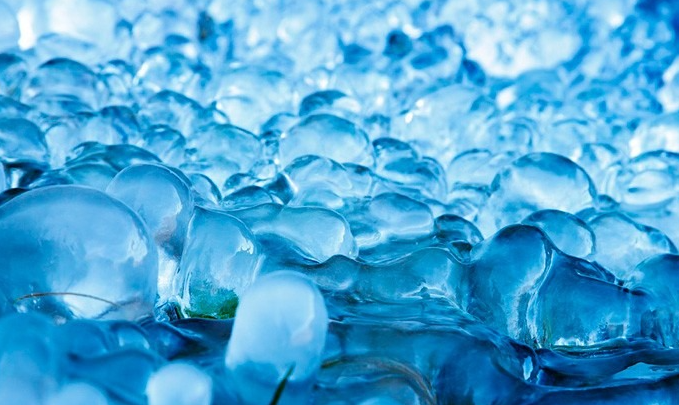
A new technique for keeping donor organs colder than ice could greatly extend the time those organs are viable for transplantation. Donor organs are usually kept viable for several hours in ice at about 4 °C, tissue can last even longer at lower temperatures, but below zero degrees Celsius, the formation of ice crystals risks damaging an organ and rendering it unusable. Now, using chemicals that prevent an organ from freezing in subzero temperatures, researchers have preserved five human livers at -4°C. That super-cold storage system tripled the livers’ typical shelf life from nine to 27 hours, the researchers report.
Every year, thousands of donor organs are discarded for various reasons, including the inability to find a suitable patient close enough to receive the organ before it goes bad. If the donated tissue were viable for longer, doctors could get organs to patients who would otherwise be too far away, potentially leading to more life-saving surgeries for patients waiting for a transplant. Pushing back expiration dates for organs could also reduce the costs of private flights to bring organs between cities and allow for more flexible surgery scheduling.
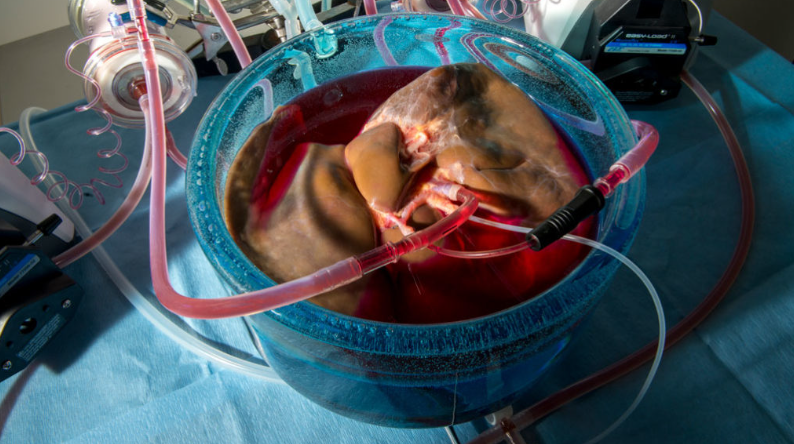
In the new study, the researchers devised a cocktail of cryoprotective chemicals, including trehalose and glycerol, to combat ice formation and protect cells at extremely low temperatures. To ensure that each liver was fully saturated with preservatives, the researchers administered the chemicals via an automated infusion system. That device is basically an artificial body for the liver that pumps fluids to an organ in a way that mimics blood flow.
Once each human liver was loaded with cryoprotectants, the scientists sealed it in a bag for storage in a -4°C cooler. After 20 hours in the fridge, the researchers hooked up the liver to an automated perfusion system that rinsed out the chemicals that helped it resist the cold and warmed the organ to room temperature. From start to finish, the supercool storage process took about 27 hours.
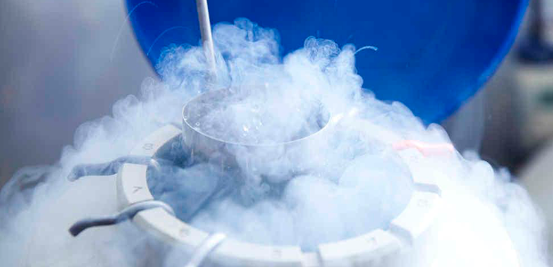
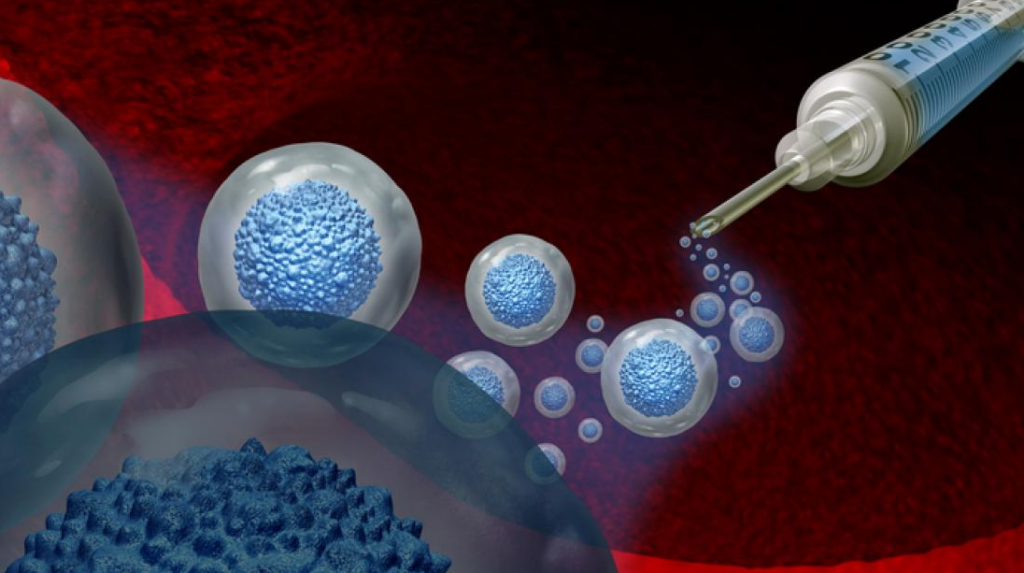
The researchers checked the livers for tissue damage and compared how well they absorbed oxygen, produced bile and performed other functions before and after supercooling, the team found no major changes in organ health. They then warmed three of these organs to body temperature and infused them with red blood cells and plasma to simulate a transplant, and all remained viable.
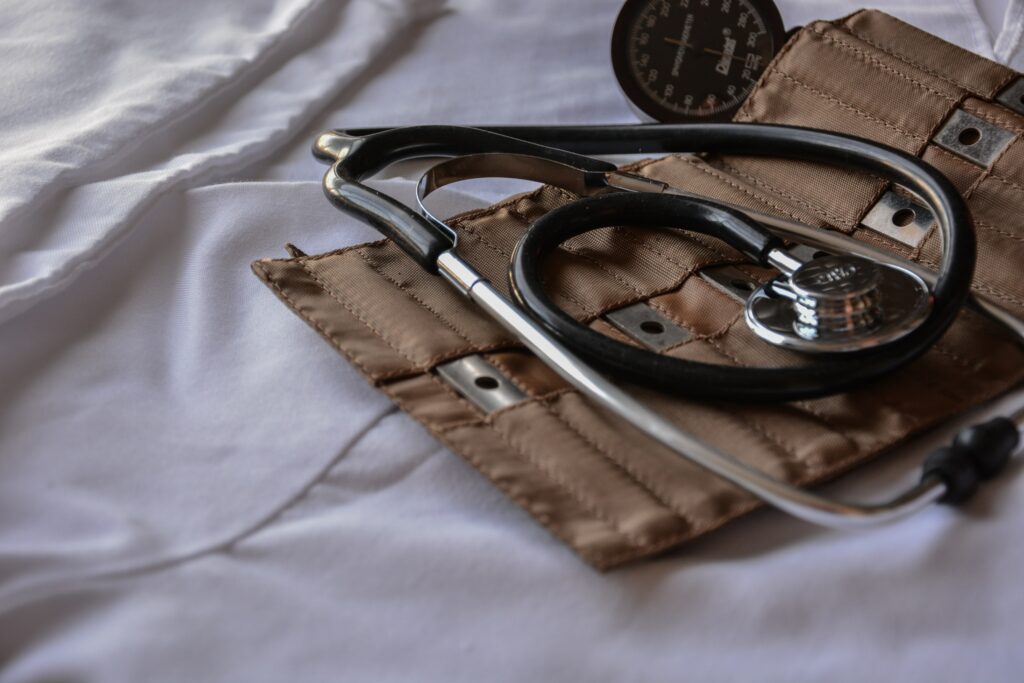
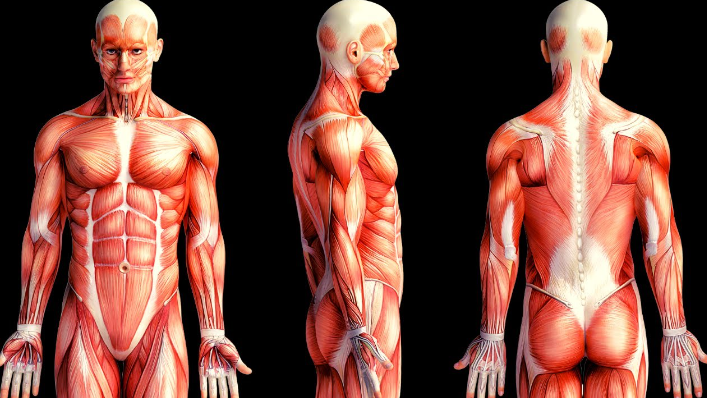
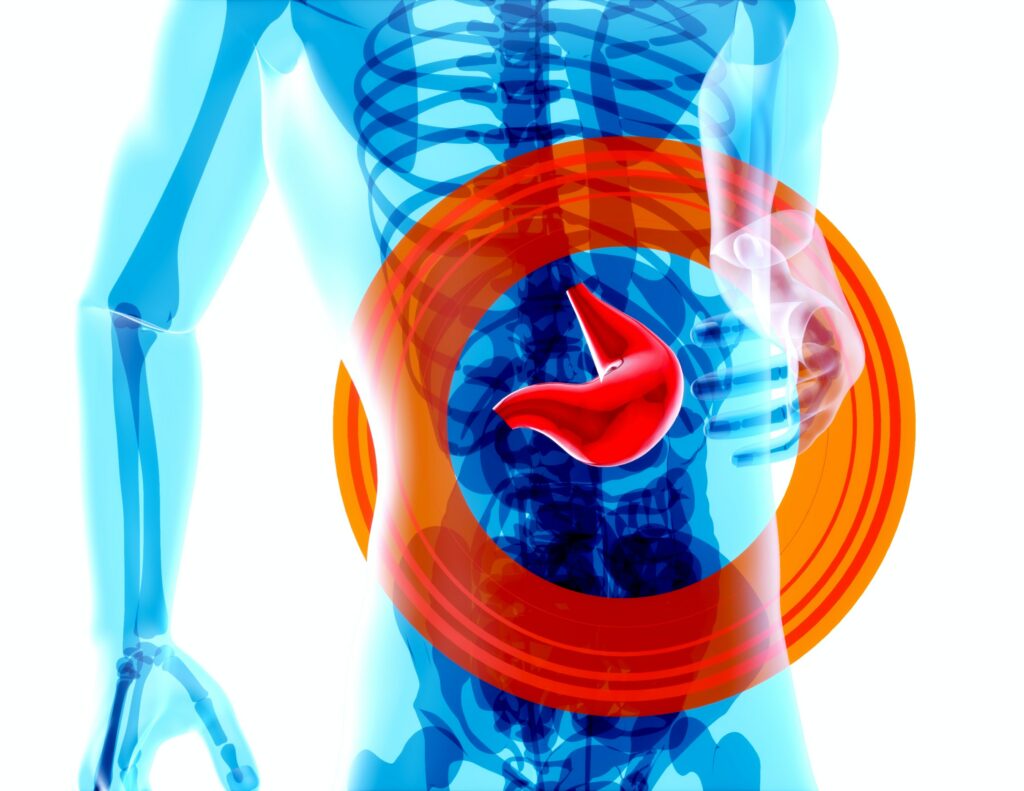


Responses